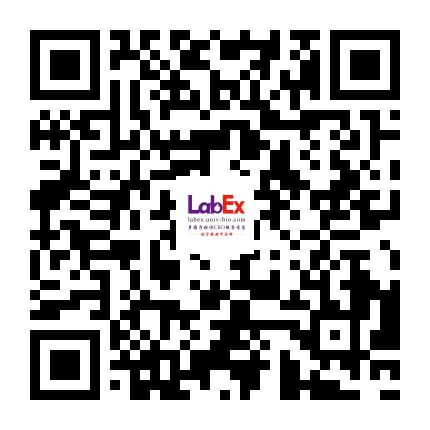STING activation promotes robust immune response and NK cell-mediated tumor regression in glioblastoma models
NK cell; STIN; glioblastom; immunotherapy;胶质母细胞瘤- Proc Natl Acad Sci U S A
- 119(28):e2111003119.
- Human
- Luminex
- 免疫/内分泌
- 自然杀伤细胞
- 6Ckine/CCL21,BCA-1/CXCL13,CTACK/CCL27,ENA-78/CXCL5,Eotaxin/CCL11,Eotaxin-2/CCL24,Eotaxin-3/CCL26,Fractalkine/CX3CL1,GCP-2/CXCL6,GM-CSF,GRO-α (Gro-a/KC/CXCL1),Gro-β/CXCL2,I-309/CCL1,IFN-γ,IL-1β,IL-2,IL-4,IL-6,IL-8/CXCL8,IL-10,IL-16,IP-10/CXCL10,I-TAC/CXCL11,MCP-1/CCL2,MCP-2/CCL8,MCP-3/CCL7,MCP-4/CCL13,MDC/CCL22,MIF,MIG/CXCL9,MIP-1α/CCL3,MIP-1δ/CCL15,MIP-3α/CCL20,MIP-3β/CCL19,MPIF-1/CCL23,SCYB16/CXCL16,SDF-1α+β/CXCL12,TARC/CCL17,TECK/CCL25,TNF-α
相关货号
LXLBH40-1
Abstract
Immunotherapy has had a tremendous impact on cancer treatment in the past decade, with hitherto unseen responses at advanced and metastatic stages of the disease. However, the aggressive brain tumor glioblastoma (GBM) is highly immunosuppressive and remains largely refractory to current immunotherapeutic approaches. The stimulator of interferon genes (STING) DNA sensing pathway has emerged as a next-generation immunotherapy target with potent local immune stimulatory properties. Here, we investigated the status of the STING pathway in GBM and the modulation of the brain tumor microenvironment (TME) with the STING agonist ADU-S100. Our data reveal the presence of STING in human GBM specimens, where it stains strongly in the tumor vasculature. We show that human GBM explants can respond to STING agonist treatment by secretion of inflammatory cytokines. In murine GBM models, we show a profound shift in the tumor immune landscape after STING agonist treatment, with massive infiltration of the tumor-bearing hemisphere with innate immune cells including inflammatory macrophages, neutrophils, and natural killer (NK) populations. Treatment of established murine intracranial GL261 and CT-2A tumors by biodegradable ADU-S100-loaded intracranial implants demonstrated a significant increase in survival in both models and long-term survival with immune memory in GL261. Responses to treatment were abolished by NK cell depletion. This study reveals therapeutic potential and deep remodeling of the TME by STING activation in GBM and warrants further examination of STING agonists alone or in combination with other immunotherapies such as cancer vaccines, chimeric antigen receptor T cells, NK therapies, and immune checkpoint blockade. Keywords: NK cells; STING; glioblastoma; immunotherapy.
金课堂之文献解析 文献原文请点击
本网站销售的所有产品及服务均不得用于人类或动物之临床诊断或治疗,仅可用于工业或者科研等非医疗目的。







 沪公网安备31011502400759号
沪公网安备31011502400759号
 营业执照(三证合一)
营业执照(三证合一)


